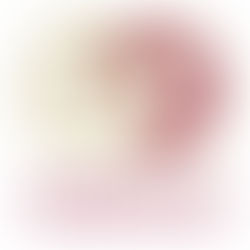Figure 2: Bisque fired and now what?
My figure has come out the bisque firing with no real visible cracks. What a relief. Now I've hot two large figures and have to decide on how the glaze them. As my tests run parallel to my making I may have an idea of how to glaze the big pieces but meanwhile the test open up new possibilities.
Well, here is figure 2:

The clay body at this stage still retains a pinkish look. This will go away in bisque firing when it fires to a higher temperature. Next I have painted a localised wax resist. I intend these areas to remain unglazed. They should remain matt and contrast nicely with the glossy clear glaze I intend on applying.

Picking out and masking out these areas is another design process takes quite a lot of looking, visualising and decision making. It isn't just a question of the visual impact but will also have a tactile impact.

The clear glaze I'm planning on using is from the book 'Potter's Guide to Ceramic Surfaces' by Jo Connell (London: 2011).
Stoneware Glaze (1250°c): Clear Gloss Glaze
Potash Feldspar 30%
Flint 28%
Whiting 15%
Barium Carbonate 10%
China Clay 10%
Zinc Oxide 4%
Talc 3%
I've tried it and it is a very clear and shiny s/w glaze.

This my test tile using the same clay as used for this figure, i.e. Valentine Clay's PF700G White Stoneware Porcelain gorged. It softened over the shellacked textures and the exposed grog. It has a very slight greenish tint.
The only draw back is that on some clays it has a very fine crackle. I quite like this as it breaks up its perfection and relates back to a handmade quality, which is beautiful as it defies total machine made perfection. Well, so goes the theory at the moment. I'm still slightly hesitant but it needs to done!

















